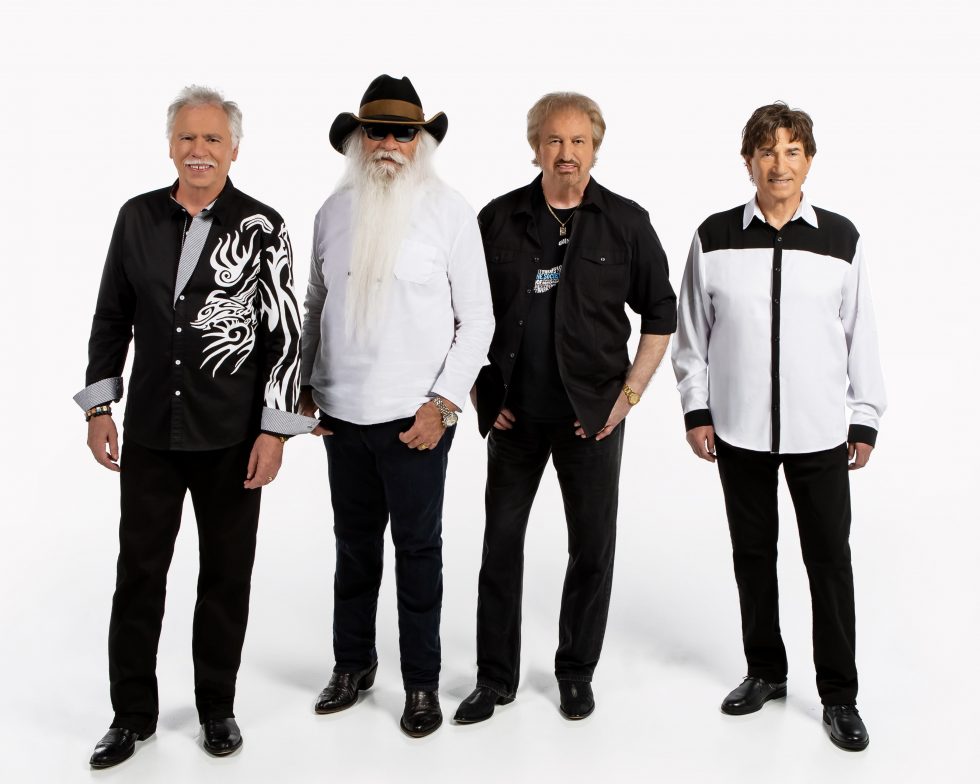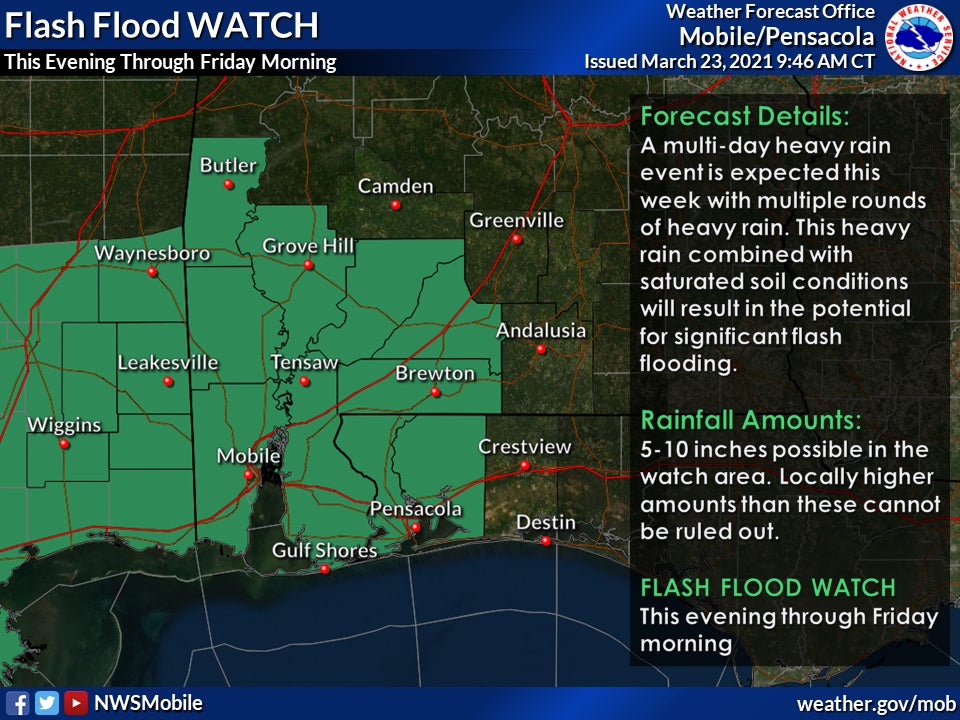Melungeons seen as colonist decendents
Published 2:50 am Wednesday, August 6, 2008
By Staff
I wanted to continue with the story of the Melungeons. There is much speculation as to the group's ancestry. Some believe they were Portuguese while others believe they could be descendants of a mixed race of African American, Caucasian and American Indian. Perhaps the most colorful explanation is the belief that they trace their ancestry back to what is known today as “the lost colony of Roanoke.”
In 1584, Sir Walter Raleigh, by a charter of Queen Elizabeth I sent an expedition to America to locate a site for a colony. On July 4, 1584, the ships were in the waters off the coast of what would become North Carolina. The next year, in 1585, around 600 people were organized to proceed to Virginia to start English colonies. Sir Richard Granville left to return to England for supplies, leaving about 100 men behind. Sir Francis Drake stopped by the colony and offered to take the men back to England. A short time later Grenville returned to the colonies with supplies to last a year and a new try was made to colonize the area, but this time Raleigh recruited families in the hope that they would stay and put down roots.
John White was named to govern the colony and his daughter, Eleanor, with her husband, Ananias Dare, traveled with him. When the colonists arrived at Roanoke Island they repaired the previous fort and houses. On August 13, 1587, Manteo (of the Croatoam tribe) adopted the Christian faith and five days later, on August 18, 1587, John White's granddaughter, Virginia Dare was born. She is said to be the first white child to be born in America.
The ships were set to return to England around the end of August and no one seemed to want to go back. John White decided he would have to go himself. When his granddaughter was only nine days old, White sailed away to England. He is said to have given the instructions that in case they left the island for any reason, they should carve their destination on a nearby tree. If they were in danger, they should carve a cross about the destination.
John White was not able to return to the colony in a short period of time as he had intended. Because of trouble with the Spanish and attacks by the Spanish Armada, he was unable to return until 1590. He arrived at the location of the fort about the time of Virginia Dare's first birthday. He found the fort and surrounding area abandoned. He found the word Croatoam carved on a nearby tree, but there was no cross carved above it. He decided the colonists had gone to Croatoan Island (now Hatteras Island) to live with the friendly Indians. He attempted to visit Croatoam Island, but bad weather prevented him from getting there. He returned to England never knowing what had happened to his daughter, son-in-law, and granddaughter.
Today North Carolina abounds with places with names such as Dare County, Raileigh, and Maneo in Dare County (named for the colonists' Indian friend).
There is much belief that the Melungeons may very well be the descendants of those of the lost colony. Some of the names of those who may be descendants are Collins and Hammond.
My husband is descended from the Hammond line. A Hammond married Thomas Jackson and some of their grandchildren listed themselves in later censuses as mulatto and Indian.
It is true that many of the later generations bore the mark of having American Indian features. It is certainly a remarkable story, whether true or just a tale handed down from generation to generation.
I hope that you have enjoyed the re-telling of this information. I hope to provide some more interesting information in the future.
Remember, if you have a family name that I could provide some help with in finding information, please let me know.
Give me a call at 867-4876 or drop me a line by email at lydia.grimes@brewtonstandard.com.
Until next week, happy hunting.




